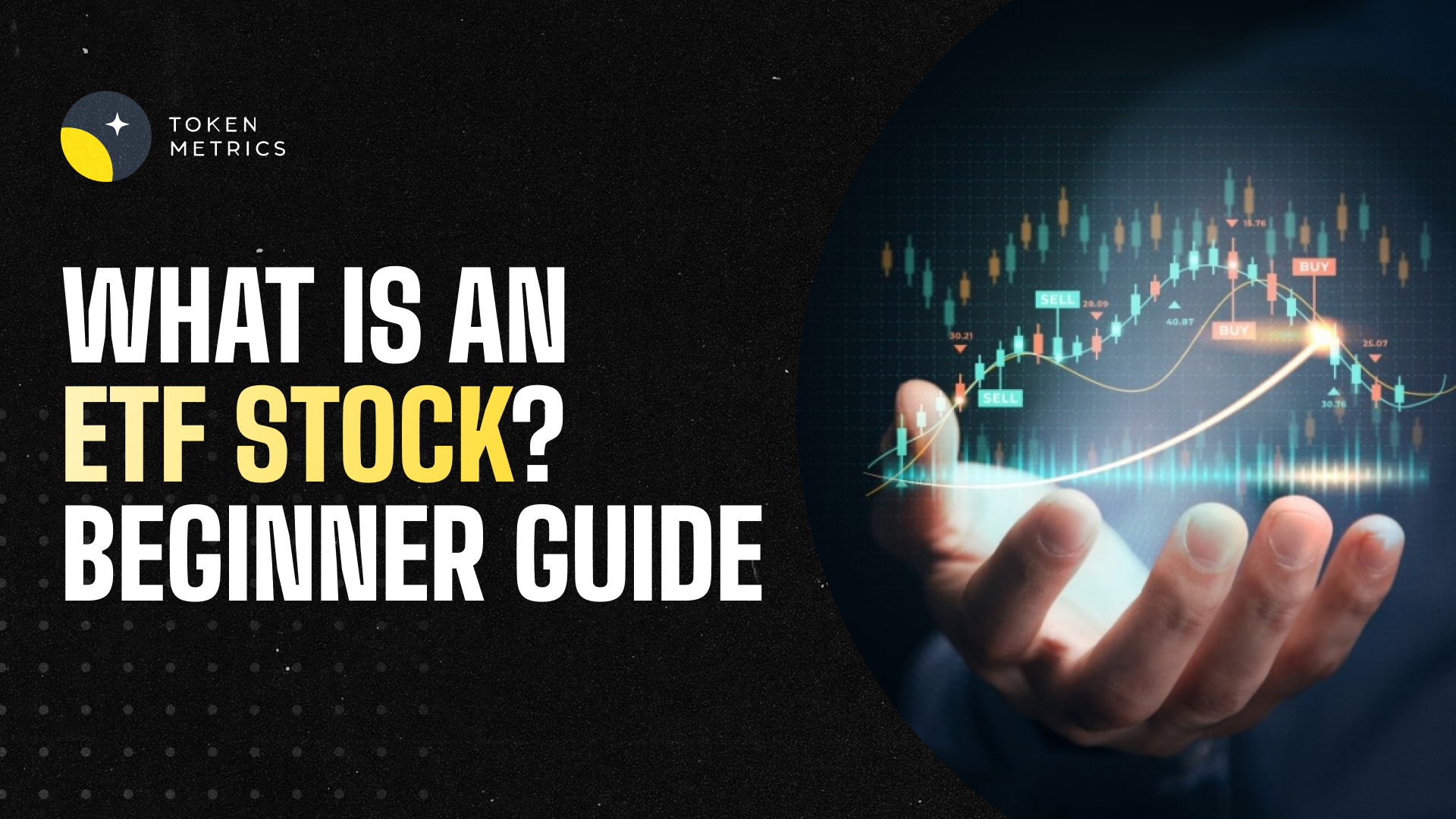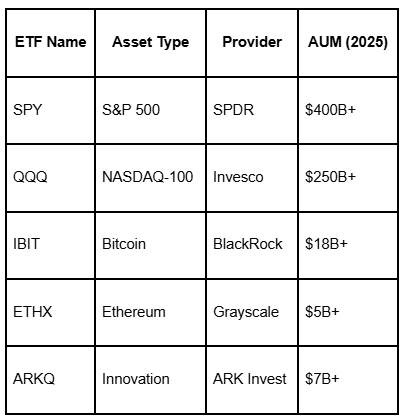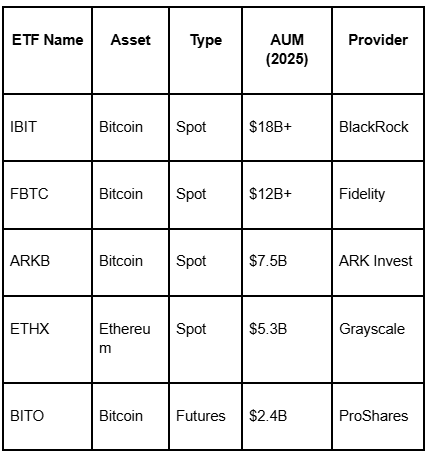What is the Domino Effect in Crypto and How Does It Work?

The crypto market is a dynamic and interconnected landscape, where one event can trigger a chain reaction of consequences throughout the entire ecosystem. This phenomenon, known as the domino effect, poses risks and opportunities for investors and enthusiasts alike.
Understanding the domino effect is crucial for navigating the complexities of the crypto market and making informed decisions.
This comprehensive post will delve into the intricate workings of this phenomenon, exploring its potential impact and providing you with actionable insights to mitigate risks and maximize opportunities.
What is the Domino Effect in Crypto?
Imagine a line of dominoes standing upright. When a single domino falls, it knocks over the next domino, which in turn knocks over another, and so on, creating a chain reaction. This is analogous to the domino effect in crypto.
In the crypto world, a single negative event, such as a major exchange hack or a regulatory crackdown, can trigger a wave of panic and selling pressure.
As investors lose confidence, they sell their crypto holdings, causing prices to plummet. This sell-off can lead to further negative consequences, such as the insolvency of crypto lending platforms or the collapse of poorly-capitalized projects.
How Does the Domino Effect Work?
Several factors contribute to the domino effect in crypto:
- Interconnectedness: The crypto market is highly interconnected, with various projects, exchanges, and platforms relying on each other for liquidity and stability. A problem in one area can quickly spread and affect others.
- Leverage: Many participants in the crypto market use leverage, borrowing funds to amplify their positions. When prices fall, they are forced to sell their holdings to repay their debts, further accelerating the price decline.
- Panic Selling: When negative news or events occur, investors often react emotionally and sell their holdings without considering the long-term implications. This panic selling can create a self-fulfilling prophecy, driving prices down even further.
- Lack of Regulation: The nascent nature of the crypto market means it lacks the robust regulatory frameworks of traditional financial markets. This can exacerbate the impact of negative events and make it harder to contain the fallout.
Factors that Contribute to the Domino Effect
Several factors contribute to this interconnectedness. First, market sentiment plays a crucial role. Positive news or a significant development in the crypto industry can create a positive ripple effect, boosting the confidence and value of other cryptocurrencies.
Conversely, negative news or market downturns can trigger a panic sell-off, causing a decline in the value of multiple cryptocurrencies. Second, market liquidity is another contributing factor.
When investors try to cash out their holdings in a specific cryptocurrency, it can lead to a chain reaction of sell orders that also affect other cryptocurrencies.
Finally, regulatory actions and government policies can significantly impact the crypto market. If there are new regulations or bans imposed on cryptocurrencies in one country, it can create fear and uncertainty, leading to a domino effect across the global crypto market.
Examples of the Domino Effect in Crypto
Mt. Gox Hack (2014): The hack of the Mt. Gox exchange, which resulted in the loss of over 850,000 bitcoins, triggered a major sell-off that sent the price of Bitcoin plummeting by 50%.
The DAO Hack (2016): A smart contract exploit on The DAO, a decentralized autonomous organization, led to the theft of approximately $150 million worth of ETH. This event eroded investor confidence and contributed to a broader market downturn.
TerraUSD Collapse (2022): The collapse of the TerraUSD stablecoin triggered a domino effect that ultimately led to the bankruptcy of crypto hedge fund Three Arrows Capital and the suspension of withdrawals on the Celsius Network.
How to Protect Yourself from the Domino Effect?
While the domino effect can be unpredictable and difficult to control, there are steps you can take to protect yourself:
- Invest wisely: Do your research and only invest in projects you believe have long-term potential.
- Diversify your portfolio: Don't put all your eggs in one basket. Spread your investments across different crypto assets and asset classes to minimize risk.
- Set stop loss: set stop-loss orders to automatically sell your cryptocurrencies if their value drops below a certain threshold. This can help limit your losses and prevent further damage to your portfolio.
- Choose less risky assets: Consider investing in stablecoins or other less volatile assets than cryptocurrencies. These assets can act as a hedge and stabilize your portfolio during market downturns.
- Stay informed: Keep yourself up-to-date on the latest developments in the crypto market and be aware of potential risks.
- Develop a sound trading plan: Don't make impulsive decisions based on emotions. Stick to your trading plan and avoid panic selling.
- Use a secure wallet: Keep your crypto assets in a secure wallet that is not connected to the internet.
By implementing these strategies, you can protect yourself from the Domino Effect and minimize the risks associated with cryptocurrency investments.
Expert Opinions on the Domino Effect in Crypto
Expert opinions on the future of the Domino Effect in crypto vary. Some experts believe that as the cryptocurrency market becomes more mature and diversified, the impact of the Domino Effect will diminish.
They argue that with the increasing adoption of blockchain technology and the emergence of various use cases, cryptocurrencies will become less correlated, reducing the likelihood of a widespread collapse.
On the other hand, some experts caution that the interconnectedness of cryptocurrencies and the market's overall volatility make it susceptible to a Domino Effect.
They argue that the lack of regulation and the potential for speculative behavior can exacerbate the impact of a major cryptocurrency's downfall.
Overall, the future of the Domino Effect in crypto remains uncertain, but it is clear that market dynamics and regulatory measures will play crucial roles in shaping its impact.
Conclusion
The domino effect is a powerful force in the crypto market, and it's crucial to understand its potential impact. By taking the necessary precautions and adopting a prudent approach, you can navigate the complexities of the crypto landscape and maximize your chances of success.
Disclaimer
The information provided on this website does not constitute investment advice, financial advice, trading advice, or any other advice, and you should not treat any of the website's content as such.
Token Metrics does not recommend buying, selling, or holding any cryptocurrency. Conduct your due diligence and consult your financial advisor before making investment decisions.
Create Your Free Token Metrics Account

.png)




%201.svg)
%201.svg)


%201.svg)



.png)










.png)






.svg)




.png)